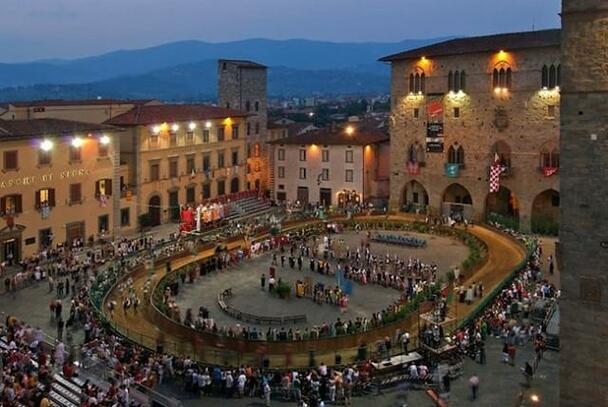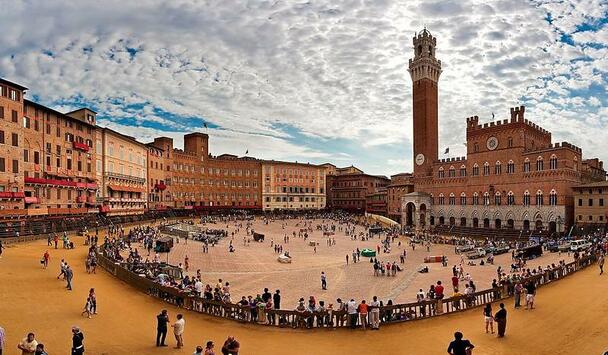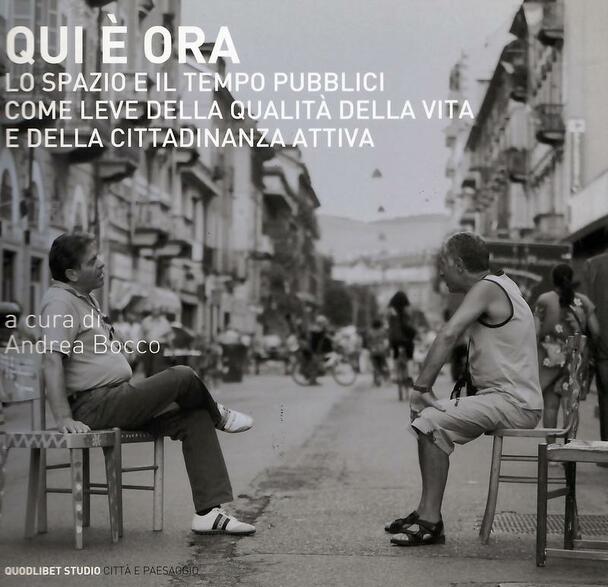Maria Isabel Esteves Fernandes, 23.05.2022
Italy is a country full of fundamental references, both in art and in architecture and urbanism. In Italian cities, squares have a central importance in their role as meeting places in social life for society, business and tourism.
The townscape of many Italian cities, due to their age, is characterized by many eras, starting with Roman settlements, in the center of which was the Forum.
At the time of the Roman Empire, Italy was the center of Europe and Rome was its capital.
In this environment, many other cities in Italy developed into economic centers as important links on routes for pilgrims, merchants and travelers.
To meet this demand, squares developed as the mouths of roads and travel routes, as meeting places for trade and places of recognition for residents and travelers.
In medieval times, public and magnificent buildings were erected under the government, the demand for beauty and aesthetics was very high for that era. In the years 1000 A.D. to the middle of 1400 the peak of this development took place.
Buildings grouped around the squares, should have a certain height, the facades should have the same stones and architectural principles of arrangement were established for elements of the outer facades such as window openings or arches.
The square was the symbol of vitality and flexibility in the public space and served many purposes, such as religion, politics and trade, which were closely linked at that time. The markets and church festivals were allowed to enter every citizen of the city, and the life of the city had its center here.
Squares also served as theatrical stage, race tracks and bullrings with free entry free, unlike the Roman stadiums.
With the Renaissance, Italy flourished in the 14th and 15th centuries. In public spaces, the demand for beauty, aesthetics and art continued to grow. Fountains and sculptures are introduced into the squares, creating a new identity for the space. This development through culture and art shaped the place and created a new relationship with the people.
In the 19th century, as in Florence, for example, some cities underwent "redevelopment" on the French model. The state decided to demolish the historic center. This then affected in many places one of the most densely populated areas of the city, significant historic buildings were sacrificed during this key period. To this end, wider streets, larger squares and new elements in the public space were created, such as the Arc de Triomphe in the center of Paris.
Mussolini's National Regime also left its mark on public spaces, with sometimes massive interventions in quite a lot historic city centers.
The square was the place for public executions, many changes were made piecemeal without having an overall plan.
The squares in Italy are a temporal and spatial stratification, in which the evolution of the place, is determined by the economic and social life.
To this day, the squares are the undisputed center of social and economic life in Italy. Squares are popular, there are many historic cafes and stores where Italian locals and tourists meet regularly. In the evenings, it is young people who liven up the city here.
In many Italian cities, the city center is closed to cars due to the land division that dates back to the Middle Ages, which makes the squares even more attractive and beloved.
What makes Italian squares so popular?
The Italian squares provide space for exchange and meeting place of society, you are the second living room Italy, but also as a shop window.
Is there a connection with history?
The squares have always been surrounded by important institutions. The church and town hall but also markets defined this place since Roman times.
Is there a social factor?
Large families and the need to exchange and live together mean that Italian squares are always lively.
Has urban planning influenced the social life in the squares¬?
Since political and religious life takes place in the square, there is a close connection with society and the place. It is less capitalistic (with banks and stores, for example) but offers a meeting place for people with many cafés.
Quellen Text:
Wolfgang Braunfels
Mittelalterliche Stadtbaukunst in der Toskana
Bibliografische Information der Nationalbibliotek
1953 Berlin , Gebr. Mann Verlag
Michael Webb
Die Mitte der Stadt
Städtische Plätze von der Antike bis heute
1990, Campus Verlag
Quellen Bilder:
Bild 1 - 1024px-Santa_Maria_Formosa_Facciata_e_campanile.jpg
Bild 2 - giostradellorso-110728-001.jpg
Bild 3 - Palio-di-Siena_Toskana_Italien-1200x700.jpg
Bild 4 - qui e ora-Andrea Bocco.pdf
